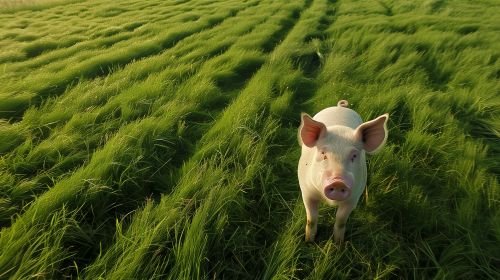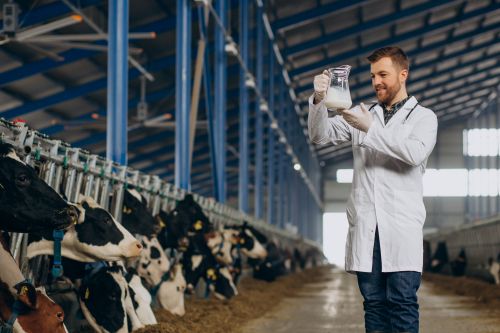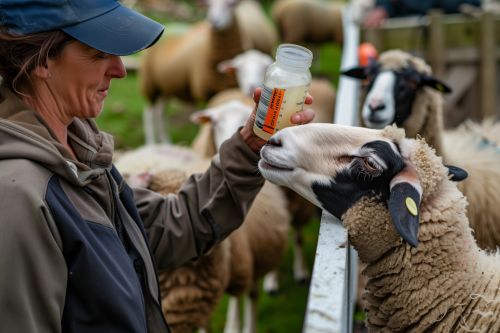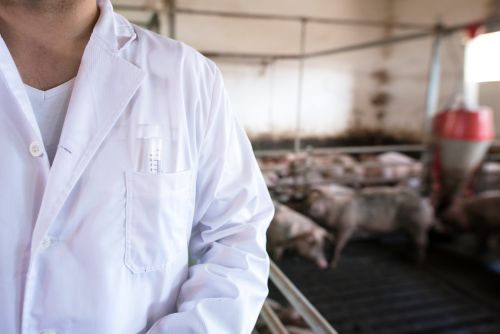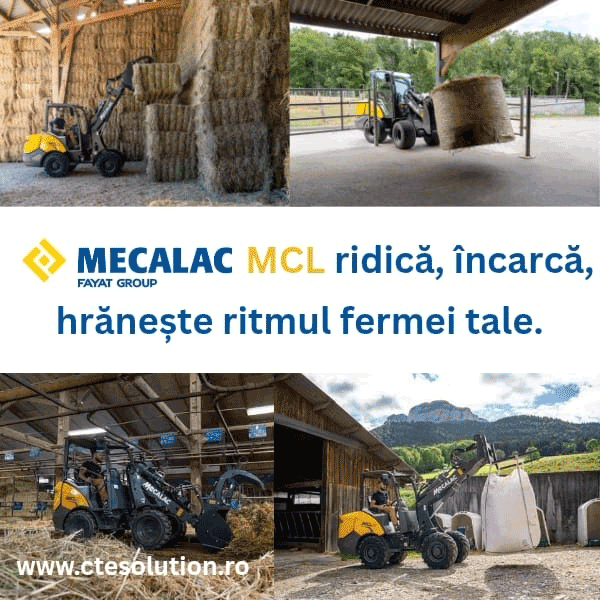372
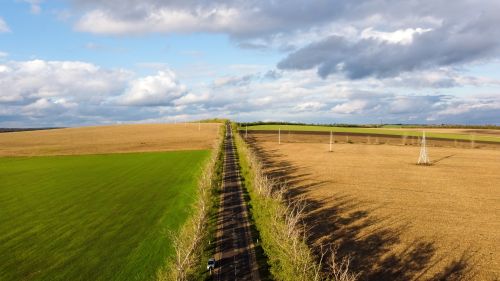
Romania is among the European countries most affected by climate change, according to the European Commission (DG CLIMA). Average temperatures have increased by 1.7°C compared to the 1961–1990 period, while the frequency of severe droughts has doubled over the past 20 years.
According to data from the Ministry of Agriculture and Rural Development (MADR) and the National Meteorological Administration (ANM), more than 35% of Romania’s agricultural land is recurrently affected by drought. In 2024, reported damages to corn, sunflower, and alfalfa crops exceeded 1.2 million hectares.
The National Strategic Plan 2023–2027 includes measures dedicated to climate adaptation, through the financing of local irrigation systems, forest shelterbelts, and soil water management. In 2024, the Agency for Rural Investment Financing (AFIR) funded over 500 projects related to climate adaptation, with a total value of approximately €150 million.
In the long term, adaptation is no longer a matter of choice, but of economic survival. Farmers who adopt preventive measures—such as crop rotation, soil cover, and smart irrigation technologies—will be able to maintain stable yields. In the absence of such measures, climate-related losses risk exceeding the annual benefits of European funds.
(Photo: Freepik)
